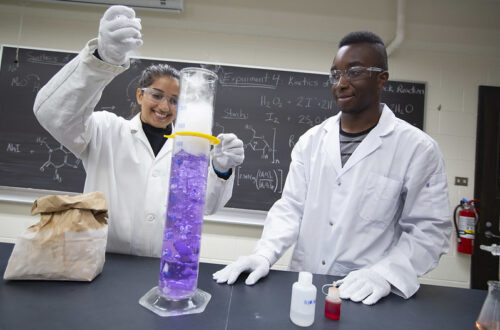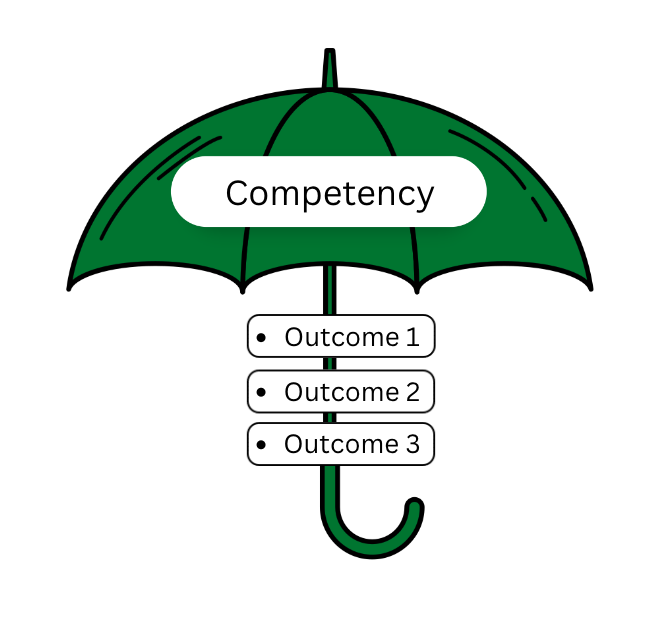Challenging Conversations – The Stories We Tell
This is the first in a short series on having challenging conversations either in your classes or individually with students. The topics covered in these posts come from the GMCTL short-course Challenging Conversations. The ideas and concepts shared in the course and these posts were contributed in large part by Dr. Rose Roberts, Roberta Campbell-Chudoba, Dr. Wendy James, and myself, Heather Ross.
One of the first concepts we talk about in the Challenging Conversations short-course is the stories we tell. While later in the course we talk about the importance of storytelling in many cultures and the role it can play in your own courses, this initial discussion is about the stories we tell ourselves.
You may see a female student in a discipline that is historically populated by male students and either think less of her or more of her, depending on your prospective.
You may see an Indigenous student and tell yourself, even unconsciously, that they won’t do as well in your course.
You may see that you have a student in your course from a discipline you have preconceived notions about, and you attach those notions to that individual student.
Stereotypes, previous experiences, or stories others have told you about a particular group (based on race, religion, discipline, gender, sexuality, country of origin, etc.) can all cause problems for you and students in your classes and can create hurdles when trying to navigate particularly challenging conversations about disputed grades, controversial topics, or even seemingly innocuous encounters. These generalizations may also get in the way of you or TAs being objective when marking assessments, calling on students in class, or accommodating absences.
We tell stories to ourselves about others, and others tell stories about us to themselves.Addressing these stories may help to have more productive conversations with students and between students, increasing the engagement of students, and overall create a better teaching and learning experience for you and your students.
So how do we keep these stories from being barriers to productive teaching and learning?
- We must acknowledge that we tell these stories. We have to recognize that they exist and could potentially create problems.
- We need to think about the stories we tell ourselves, where they may have come from and if they accurately represent the other person in that situation. If not, we must push the stories aside in that moment.
- We need to consider what stories the other person may be telling themselves, especially in a heated situation. Recognizing your own stories and that the other person has stories about you can help, at least to calm yourself.
- Listen, really listen to the other person and acknowledge what they’re saying. Ask questions to clarify.
Some things that you can do to help lay a good foundation for such conversations in your courses are to work toward making your classes an inclusive space and creating a community agreement.
The more inclusive your classes are the more students will feel seen, will be more engaged, and will learn to check their own stories about themselves and others. You can read more about inclusive teaching practices in this post or by contacting the GMCTL.
A community agreement will include how students (and you the instructor) will conduct themselves in the class and during discussions, whether face-to-face or online (including asynchronous communication on discussion forums). In a small class, this is something that can be created as a community. In a larger class, you can create this and then ask for feedback from the students. Both of these will help to increase buy-in from the students. Post a copy of this where you and students can easily refer to it.
We all have preconceptions about others, and stories we believe about ourselves. If they don’t serve us, our students, or community, we must recognize these preconceptions and work to change those stories.


